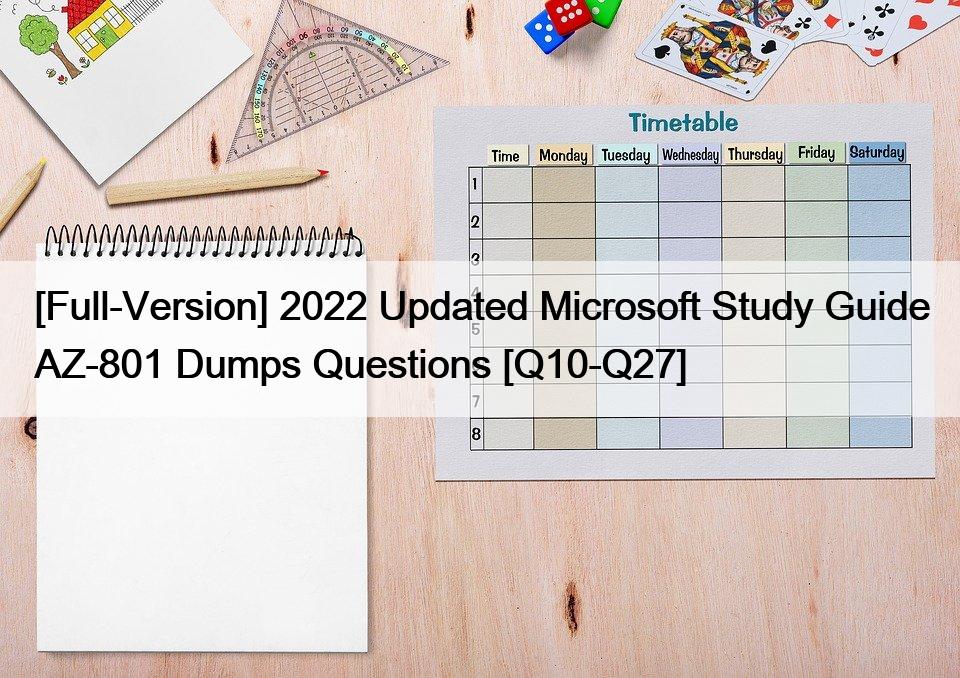
[Full-Version] 2022 Updated Microsoft Study Guide AZ-801 Dumps Questions
Newest AZ-801 Exam Dumps Achieve Success in Actual AZ-801 Exam
Microsoft AZ-801 Exam Syllabus Topics:
| Topic | Details |
|---|---|
| Topic 1 |
|
| Topic 2 |
|
| Topic 3 |
|
| Topic 4 |
|
| Topic 5 |
|
| Topic 6 |
|
| Topic 7 |
|
| Topic 8 |
|
| Topic 9 |
|
| Topic 10 |
|
| Topic 11 |
|
| Topic 12 |
|
| Topic 13 |
|
Updated Microsoft AZ-801 Dumps – Check Free AZ-801 Exam Dumps: https://www.dumpstorrent.com/AZ-801-exam-dumps-torrent.html